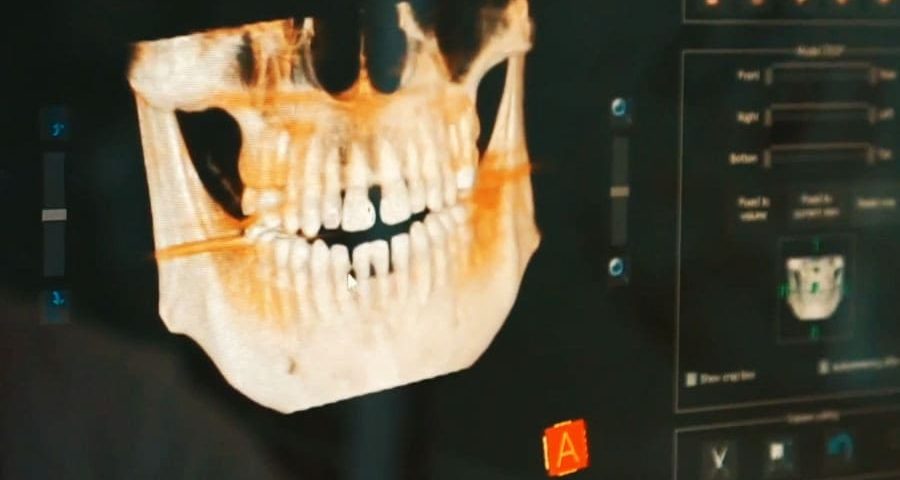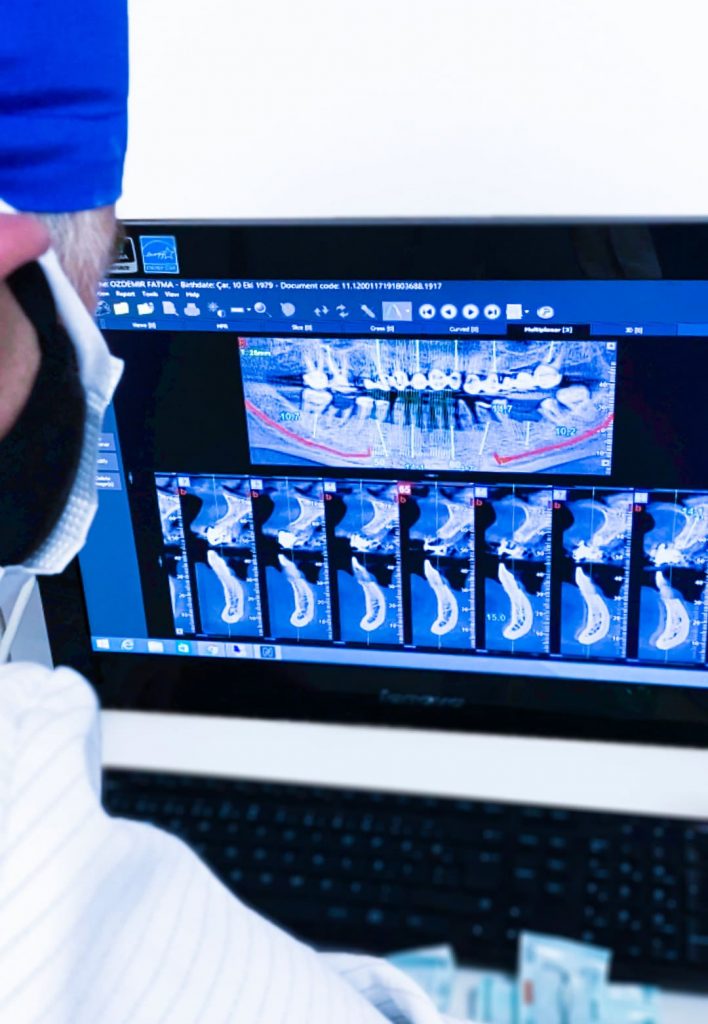Batı Ataşehir / İstanbul / Turkey
Medicadent Dental Clinic in Istanbul | Dental Implants | Lasers in Dentistry | Digital Dentistry | Aesthetic Dentistry | Fearless Dentistry | Oral and Jaw Surgery | Root Canal Treatment Endodontics | Dental Diseases Periodontology | Orthodontics | Children Dentistry Pedodontics | Temporomandibular Joint Diseases | Protective Dentistry | Fresh Up Dental Wellness | Biological Dentistry | Oral Diseases and Treatments
The information contained in the site content is for providing support. It is not a substitute for the fact that the doctor examines his patient for medical purposes, diagnoses and diagnoses.
Medicadent Dental Clinic in Istanbul | Dental Implants | Lasers in Dentistry | Digital Dentistry | Aesthetic Dentistry | Fearless Dentistry | Oral and Jaw Surgery | Root Canal Treatment Endodontics | Dental Diseases Periodontology | Orthodontics | Children Dentistry Pedodontics | Temporomandibular Joint Diseases | Protective Dentistry | Fresh Up Dental Wellness | Biological Dentistry | Oral Diseases and Treatments
The information contained in the site content is for providing support. It is not a substitute for the fact that the doctor examines his patient for medical purposes, diagnoses and diagnoses.
Address: Barbaros Mahallesi Dereboyu Caddesi Ardıç Sokak Varyap Meridian Sitesi G2 Blok D.21 Ataşehir / İstanbul

